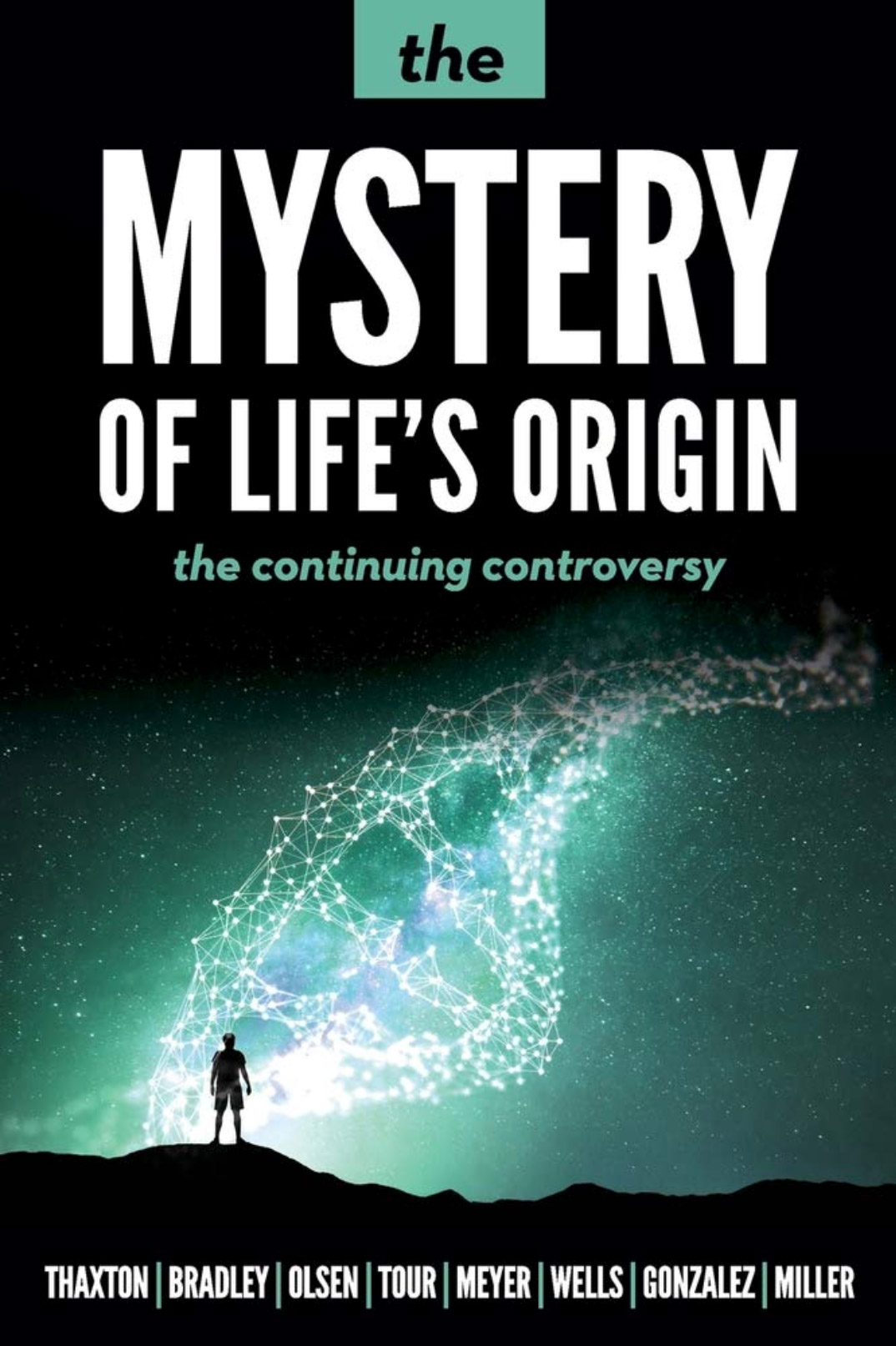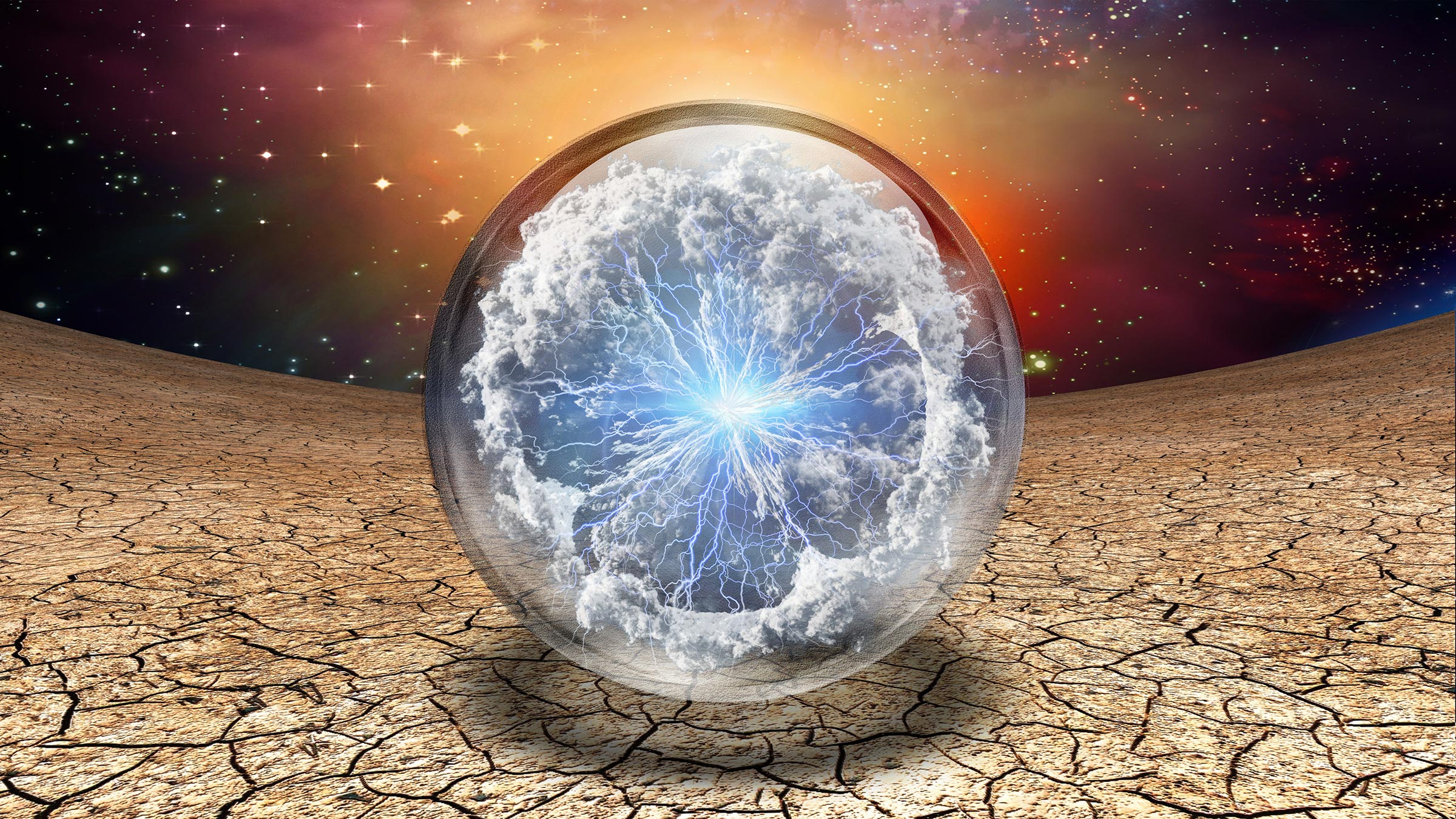The Mystery of Life’s Origins
The Primordial Earth
The Earth formed approximately 4.6 billion years ago and it took a few hundred million years for the planet to cool down enough to support liquid water by around 4.3 billion years ago. It was within this window of a few hundred million years to half a billion years that the first living cell emerged on our planet, as evidenced by dating of the oldest fossilized microbes discovered so far. All life that exists today can be traced back to that first primitive form through evolution by natural selection. However, scientists still lack a convincing explanation for how non-living chemicals transformed into that initial living cell.

The Miller-Urey Experiment
One of the first successful experiments that simulated prebiotic chemistry conditions was the Miller-Urey experiment conducted in 1953. Under a reducing atmosphere of methane, ammonia and hydrogen with electricity as the energy source, researcher Stanley Miller produced amino acids, the building blocks of proteins. While this demonstrated abiotic synthesis of organic compounds was possible, it did not reveal how these molecules assembled into the first living cell. Simply mixing even the most basic components randomly would not result in a functioning cell within the lifetime of the universe due to statistical improbabilities.
Progress in Prebiotic Chemistry
Since the 1950s, modified Miller-Urey experiments examined amino acid production under different atmospheric compositions and energy sources. Researchers found amino acids could still form in less reducing atmospheres if specific geochemical conditions were present. Joan Oró synthesized adenine, one of the nucleobases of DNA and RNA, from hydrogen cyanide and ammonia in water. Later experiments obtained the other nucleobases under prebiotic conditions. UV photolysis of gases like carbon monoxide yielded alcohols and organic acids. Carl Sagan studied complex organic particles called “tholins” simulated to resemble those in Titan’s hazy atmosphere. These follow-up studies advanced understanding of abiotic synthesis but did not resolve how replicating systems first emerged.
Autocatalysis as a Starting Point
One promising abiogenesis theory put forth by Stuart Kauffman proposes self-replicating molecular networks as a first step. Experiments showing fatty acid vesicles could spontaneously form and divide supported this notion. Terrance Deacon’s book “Incomplete Nature” expands on this idea with “autogens” - molecular components that under certain conditions could form small closed objects capable of surviving harsh periods and replicating given the right organic substrates and environmental triggers. While not true life, such autocatalyzing systems represent a potential intermediate stage.
The Bioenergetics Hypothesis
Nick Lane and Bill Martin proposed hydrothermal vents as a natural setting conducive for the origins of bioenergetics and cellularity. The thin walls of iron sulfide chimneys in alkaline deep-sea vents maintain a natural proton gradient that could drive the assimilation of carbon into proto-cells. As these primitive compartments developed sodium-proton pumps, they could separate from vents yet still tap into ion gradient energy through membrane transport proteins. Extant bacteria inhabiting vents support this scenario through their use of iron-sulfur proteins to convert hydrogen and carbon dioxide into organic matter.
The RNA World
It is widely accepted that informational molecules like RNA played an ancient role in early evolution. RNA is capable of both encoding and carrying out catalysis through its ability to adopt varying structures. The ribosome, a complex RNA-protein machine that builds proteins, reveals an RNA legacy, as do small molecules that hijack RNA fragments for modern biochemistry. The self-replicating and enzyme-like properties of RNA make it a reasonable candidate for whichever system first stored and expressed hereditary information. While RNA may not have been the actual first replicator, its signature remains definitive evidence of its early significance.
Follow the Energy
For life to emerge, diverse chemical reactions had to become orchestrated and closely coupled to energy transduction mechanisms. The thermodynamic demands of constructing complex biomolecules from sparse prebiotic precursors imply energy harvesting was paramount. Natural proton gradients in alkaline hydrothermal vents may have driven carbon fixation into compounds like fatty acids within primitive compartments. Later, as lipid vesicles enclosed biochemical circuitry and ion motive forces, chemiosmotic coupling across membranes could have sustained metabolism and biosynthesis. Discerning the sequence and environment conducive for channelling dissipated thermal or electrical potential into bioenergetic work remains an ongoing challenge.
Piecing It All Together
No single theory sufficiently explains every step from chemistry to defined cells capable of Darwinian evolution. It is likely that multiple hypothetical scenarios occurred in succession or in parallel as conditions fluctuated on the early Earth. Future research combing experimental prebiotic synthesis, systems chemistry approaches mimicking potential proto-metabolic networks, and investigations of microbial diversity in hydrothermal niches may help elucidate missing links. While gaps remain, multidisciplinary studies have significantly advanced our understanding of natural routes by which lifelike complexity could potentially self-assemble given permissive circumstances. Gradually solving the deepest enigma may result from continued willingness to transcend conceptual fences.
More Questions Than Answers
Over a century since its formal proposal, abiogenesis remains one of science’s grandest questions. Key uncertainties still include identifying the first self-replicating molecule, its possible transition to cellularity, and environmental contexts most hospitable. Resolving the debate requires more than philosophical musings - direct empirical clues from either ancient life remnants or synthetic origins research. Although uncertainties persist, ongoing collaborative investigations across scientific divisions continue piecing together a coherent prebiotic evolutionary continuum. With persistence and open-minded cooperation, we move closer to illuminating life’s remarkable beginnings on our planet.
